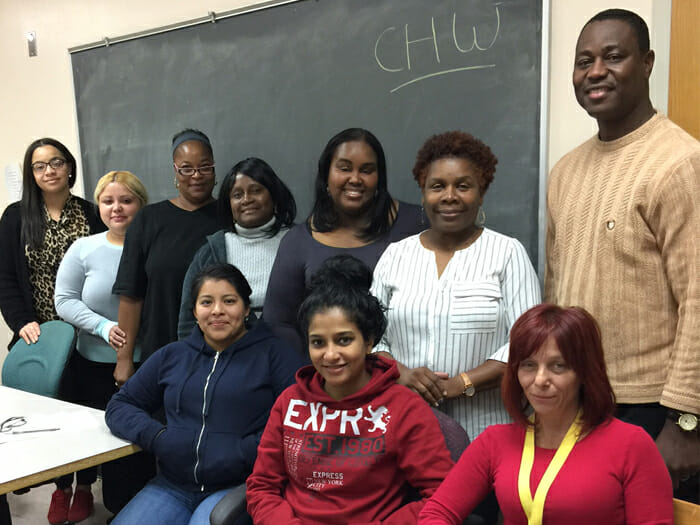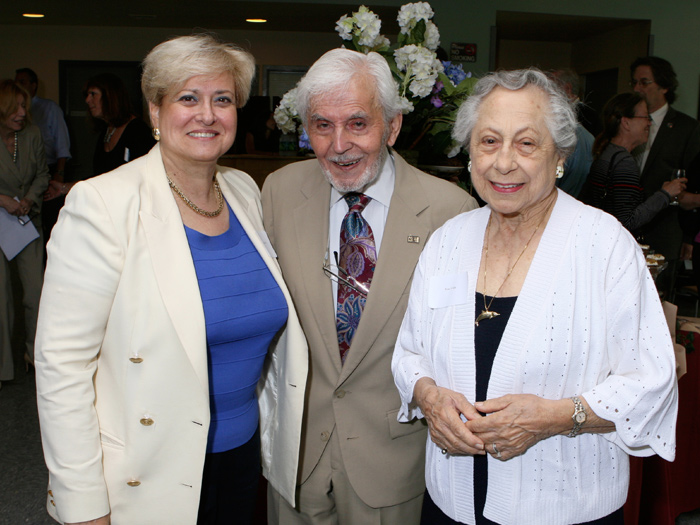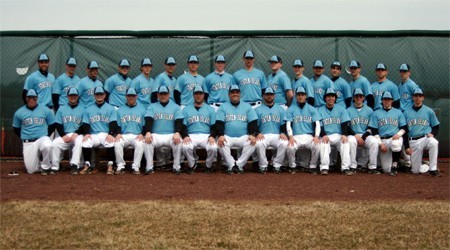
College of Staten Island Professor Louis Petingi, PhD, is presently performing research in Ribonucleic acid (RNA, which carries genetic information) prediction and structure, that can help in the fight against the COVID-19 pandemic.
Since 2013, he has been collaborating with a research group led by Tamar Schlick, from Courant Institute of Mathematical Sciences and Chemistry departments from New York University. Schlick’s research group is composed of biologists, chemists, mathematicians, and computer scientists, and the team has been supported by several NIH and NSF grants. This group has currently taken a leadership role in fighting the pandemic by conducting research on RNA structure, with support from an NSF grant.
Dr. Petingi’s field of expertise is Graph Theory, one of the subfields of mathematics. “This area of research has been applied to study systems that can be modeled as graphs, such as social, communication, chemical, and biological networks (e.g., DNA, RNA, and protein networks). “My research was focused on the study of the reliability of communication networks (e.g., wireless, Internet, and satellite networks), but in 2013, I became very interested in RNA prediction and structure,” noted Dr. Petingi, “when I had the opportunity to write a paper in this area with Tamar Schlick.” Since then, he has published several research articles on this area of research with Dr. Schlick and her team.
According to Dr. Petingi, “as RNA secondary structures can be represented as graphs, we found how well-known graph-theoretical algorithms can be applied to partition RNAs into basic regions and allow classification and identification of complex structures called Pseudoknots. Many RNA viruses use Pseudoknots in the control of viral RNA translation, replication, and the switch between the two processes. One of the techniques used to destroy viruses is to inhibit the Pseudoknotted region of an RNA. The RNAs of the COVID-19 and SARS viruses are composed of thousands of basic elements called nucleotides, and the exact structure of the Pseudoknots have not been yet experimentally observed, and they have been predicted by algorithms. My current research goal is to develop, more precise algorithms using the graph-theoretical representation of RNAs to predict RNA structure.”
Pseudoknots are also identified using other computational techniques (e.g., dynamic programming, and formal language theory), but Graph Theory offers a different perspective and an alternative research path to systematically investigate the structures of RNAs,” explained Dr. Petingi.
“Collaboration with this group of researchers is not only giving me the unique opportunity to expend my scientific knowledge, but also to serve a higher purpose by helping humanity,” Dr. Petingi concluded.
















